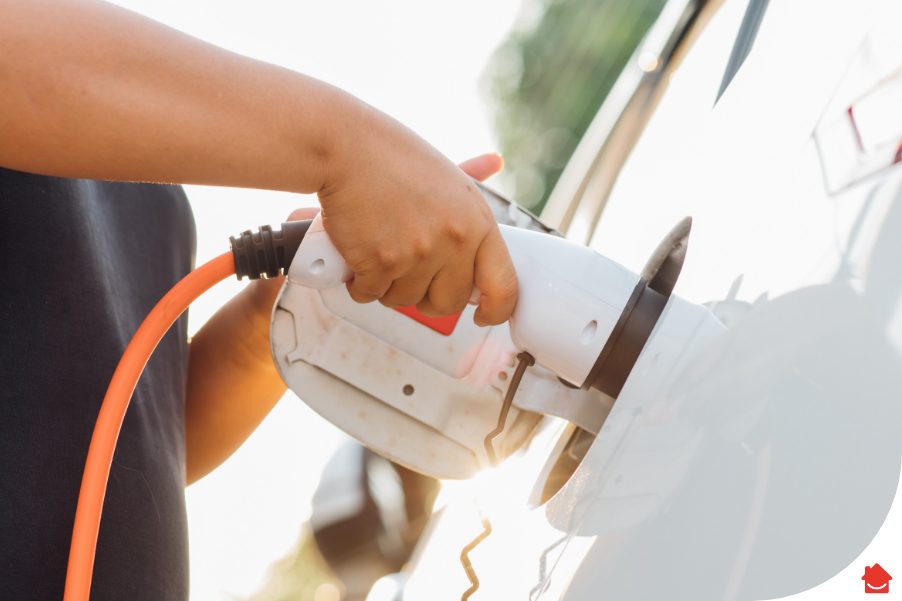What is legionella?
Legionella is a type of bacteria that is commonly found in water, in natural environments like ponds, rivers and lakes and also in man-made water systems in buildings. Legionella favours temperatures between 20-45°C, as the bacteria become dormant below 20°C and start to die when the temperature reaches over 50°C. At around 60°C the legionella dies quickly and at 70°C it dies instantly. Legionella is also the cause of Legionnaires’ disease.
What is Legionnaires’ disease?
Legionnaires’ disease is a form of pneumonia. It can affect anyone but is particularly harmful to people within high-risk categories, such as the elderly, smokers, heavy drinkers and the clinically vulnerable.
Legionellosis is a collective term for diseases caused by legionella bacteria including the most serious legionnaires’ disease, as well as the similar but less serious conditions of Pontiac fever and Lochgoilhead fever.
Legionnaires’ disease is a potentially fatal form of pneumonia and everyone is susceptible to infection. The risk increases with age, but some people are at higher risk, eg people over 45, smokers and heavy drinkers, people suffering from chronic respiratory or kidney disease, diabetes, lung and heart disease or anyone with an impaired immune system.
How does Legionnaire’s disease spread?
Like Covid-19, the main route of infection of Legionnaires’ disease is through airborne water droplets that contain Legionella bacteria. But unlike Covid-19, Legionnaires’ disease can’t be spread from person to person. It’s worth noting that most Legionnaires outbreaks have occurred through domestic water services, evaporative cooling towers, and spa pools.
What are the best conditions for Legionnaires’ disease to grow?
- Temperatures between 20-45°C
- Available nutrients in pipes and water systems (these include sediment, biofilm, algae, scale, rust, material, etc.)
- Stagnant water and the presence of biofilm on the surface
- Poor or inadequate awareness and prevention
Legionnaires’ disease is normally contracted by inhaling small droplets of water (aerosols), suspended in the air, containing the bacteria. Certain conditions increase the risk posed by legionella if:
(a) the water temperature in all or some parts of the system may be between 20–45 °C, which is suitable for growth;
(b) it is possible for water droplets to be produced and if so, they can be
dispersed;
(c) water is stored and/or re-circulated;
(d) there are deposits that can support bacterial growth, such as rust, sludge, scale, organic matter and biofilms
What to do about legionella as a homeowner
1. Keep your hot water hot, and your cold water cold
Water temperature control is your most deadly weapon against Legionella bacteria.
Temperatures you should keep an eye on include:
- Hot water storage cylinders (calorifiers) – they should store water at 60°C or higher
- Hot water distribution – should be 50°C or higher. It’s worth noting that thermostatic mixer valves should be fitted as close as possible to outlets where a scalding risk is possible.
- Cold water – should be stored and distributed below 20°C
2. Flush out stagnant water
Legionella loves stagnant water. To reduce your household’s risk you should:
- Remove dead legs or ends in your pipework
- Flush out unused shower heads and taps once a week
- Descale your shower heads and shower hoses every few months
- Clean your cold water storage tank every 6 months
- Drain your hot water cylinder to check for debris and rust
- Make sure your pipes and tanks are properly insulated
- Fit any water tanks with lids and insect screens to prevent contamination
3. Test your water system
If you’re very concerned, you can search for a water testing kit online, take a sample of your water and get it collected for lab analysis. You’ll get the results back within a couple of weeks.
Water systems to test:
- Drinking water (including your coffee machine and filtered water dispenser)
- Hot and cold water systems
- Cold water storage tank
- Hot water cylinder
- Water heater
- Swimming pool
- Spa bath
- Closed water system
How to prevent legionella
It’s important to keep all your pipes and plumbing clear and clean. This means knowing how to come to the rescue and unblock your kitchen sink. It also means knowing how to deal with a pipe blockage. And, it’s a thankless task, but a stinky drain is a good sign there are some bacteria running amok down there, so it’s best to know how to clean a smelly drain.
Running taps to prevent legionella
Make sure if you have any unused taps, that you flush them out once a week if you’re not using them regularly.
How long to flush taps for legionella
The common guideline is to leave your unused tap or shower to run. Cold water should be run and the outlet should deliver cold water at the temperature of the incoming water within 2 minutes. Hot water should reach 50 degrees within one minute, but flushing unused taps for 5 minutes will keep you safe.
Legionella for landlords
A legionella risk assessment is a legal requirement for a landlord to carry out on the properties they own in order to make sure it’s safe for tenants. The risk assessment must include the domestic hot and cold water systems, water heaters, tanks and water temperature.
Legionella risk assessments
A legionella risk assessment must be taken out in domestic properties. The cost will vary depending on the size of the house or flat, but also if you are having an assessment on a single property or if it’s a group of properties through a letting agent.
How much does a legionella risk assessment cost?
The cost of a legionella risk assessment for an individual property will be around £90 – £200. For an assessment through a letting agent managing multiple properties, the price will be slightly lower, and you can expect a cost of around £50 – £100 per house.
Do I need a Legionella certificate?
No. Certain legionella testing agencies might recommend that you buy a legionella test certificate. However, the Health and Safety Executive (HSE) does not require nor recognise this.
As a landlord, you’re obliged to conduct legionella risk assessments, but you don’t have to keep records of them. However, if someone contracts legionnaire’s disease while on your premises, you may be legally liable. In such a case, you may have to prove you’ve had regular assessments.
Even then, you may simply need to show you had the assessment, with invoices or payments made to the assessment company, without requiring a certificate.
What happens during a Legionella water test?
During a Legionella water test, a water sample will be collected in a sterilised bottle (with sodium thiosulphate). The water sample is then sent to a UKAS-accredited lab to be analysed. The lab sends you the results, confirming the presence or absence of Legionella in the sample, along with the bacterial count and Legionella species present.
Can I do my own legionella risk assessment?
We recommend hiring a professional for anything health and safety-related. This is because a sample needs to be taken and stored in a sterilised bottle from two separate points of your water system. This process would require you to understand various water system designs and risk areas.
This is why it’s best to get a professional water testing company to do the job.
How do you carry out a legionella risk assessment?
When carrying out a legionella risk assessment, the first thing is to identify where the risk is and who it could affect. This is done by identifying the points where infection could arise and monitoring the water temperatures. The risk assessment is best left to a professional.
We’re on our way
Recurring or unexpected plumbing issues can become worrisome for a busy homeowner or landlord. If you need a one-off repair, don’t hesitate to get in touch. As well as growing problems like blockages, bursts and bacteria, everyday mishaps do happen. So, if you want to get better protected, check out our plumbing and drainage cover.
Legionella FAQs
How do I test for Legionella in my home?
You can order a Legionella water testing kit online, use it to sample your water, and then send it off to the lab for analysis. Results usually take 14 days.
How often should taps be flushed for Legionella?
If you’re a homeowner or landlord with taps or a shower that isn’t in regular use, you should flush them (i.e.. run them as hot as possible) once a week to make sure there’s no stagnant water or bacteria.
How long should you run taps for Legionella?
You should run taps (and any hardly used shower) for at least 5 minutes per week to protect your plumbing from Legionella bacteria.




